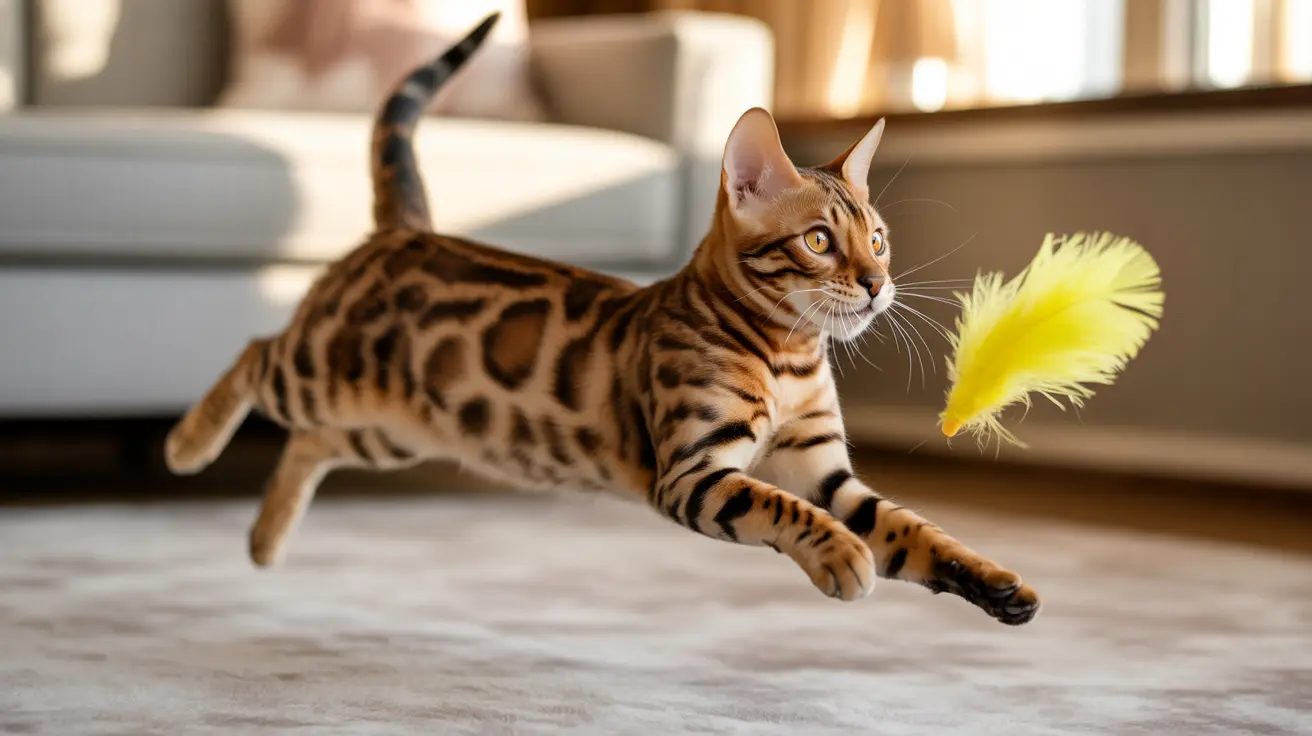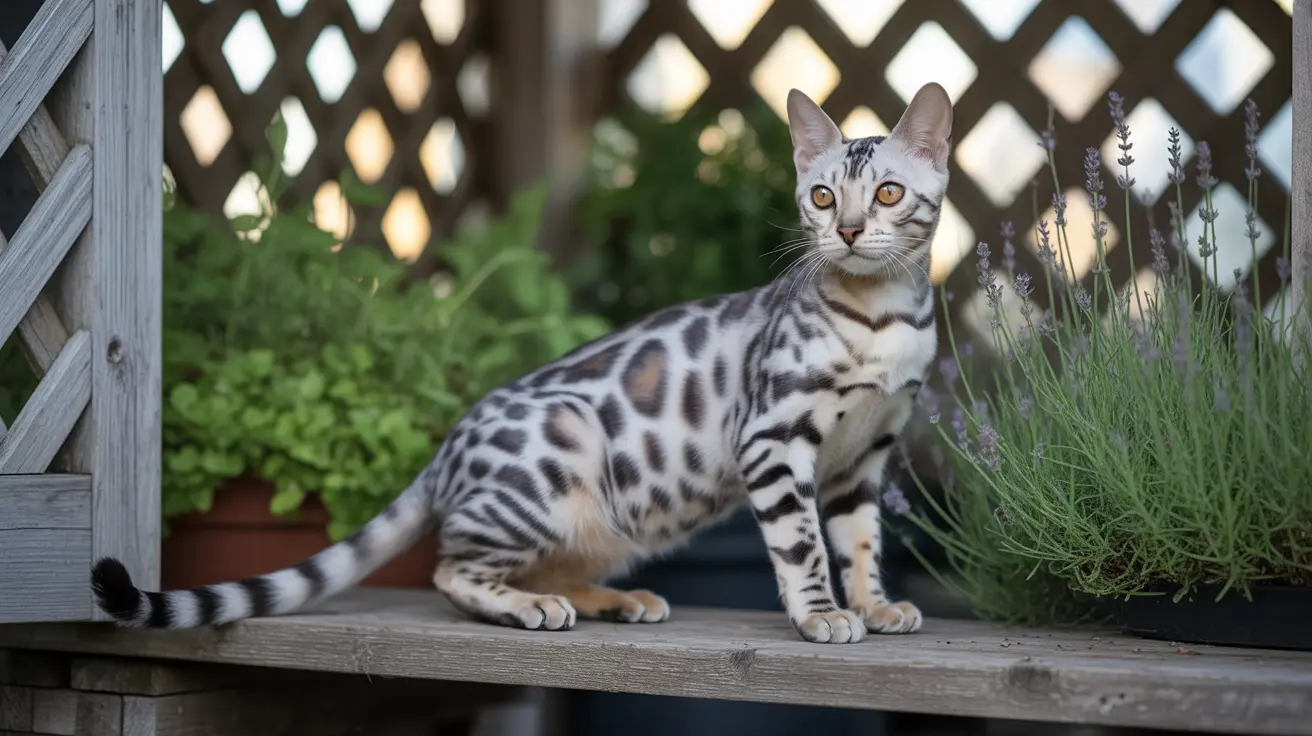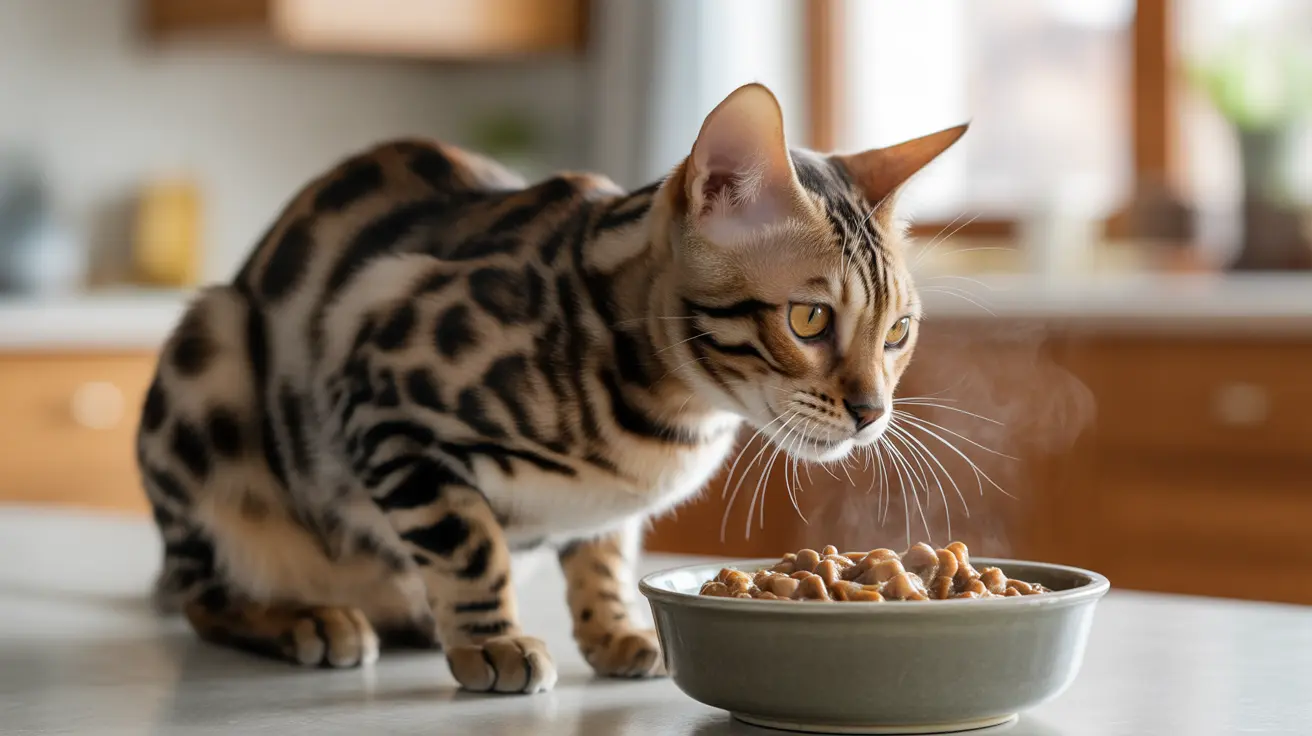Burmilla Cat Breed Profile: The Complete Guide to This Sparkling Silver Companion
The Burmilla cat breed stands out as one of the most elegant and charming feline companions, combining the best traits of two beloved breeds into one exceptional package. Born from an accidental but fortuitous encounter between a Chinchilla Persian and a Burmese cat in 1981, this relatively new breed has captured the hearts of cat enthusiasts worldwide with its sparkling silver coat and delightful personality.
What makes the Burmilla cat breed profile so compelling is its perfect balance of the outgoing, mischievous nature inherited from the Burmese side and the mellow, placid temperament of the Chinchilla Persian. This unique combination creates a cat that's both engaging and manageable, making it an ideal choice for first-time cat owners, families with children, and households seeking a sociable yet independent feline companion.
Whether you're considering adding a Burmilla to your family or simply curious about this distinctive breed, understanding their characteristics, care requirements, and temperament will help you appreciate why these cats have earned recognition from major feline organizations and continue to gain popularity among discerning cat lovers.
The Fascinating Origins and History of the Burmilla
The Burmilla's origin story reads like a delightful accident that changed the feline world forever. In 1981, at the cattery of Miranda von Kirchberg in the United Kingdom, an unexpected encounter occurred when a cleaner inadvertently left a door open. This simple oversight led to the mating between Jemari Sanquist, a Chinchilla Persian male, and Bambino Lilac Fabergé, a Lilac Burmese female.
The four kittens born from this accidental breeding displayed such remarkable characteristics that they became the foundation of an entirely new breed. These original Burmillas showcased the stunning silver coat of their Persian heritage combined with the robust build and engaging personality of their Burmese lineage.
The breed's development was swift and impressive, gaining championship status in the UK during the 1990s. Today, the Burmilla is recognized by several prestigious cat fancier organizations, including the Governing Council of the Cat Fancy (GCCF), Fédération Internationale Féline (FIFe), Australian Cat Federation (ACF), Canadian Cat Association (CCA-AFC), and the Cat Fanciers' Association (CFA). Despite this recognition, the breed remains relatively rare, especially outside the UK, making Burmillas particularly special for those fortunate enough to own one.
Physical Characteristics and Appearance
The Burmilla cat breed profile showcases a medium-sized, muscular cat that typically weighs between 3 to 6 kg (8 to 13 lbs). These cats possess a well-balanced physique that combines strength with elegance, creating an athletic yet refined appearance that appeals to cat lovers seeking both beauty and substance in their feline companions.
Distinctive Facial Features
One of the most striking aspects of the Burmilla's appearance is their facial structure. They have gently rounded heads with medium width between the ears, creating a pleasant, approachable expression. Their large, almond-shaped eyes are typically a stunning green color, providing a captivating contrast to their silver coat. The breed's distinctive "make up" markings around the nose, lips, and eyes give them an almost cosmetically enhanced appearance that adds to their sophisticated look.
The ears are medium to large with slightly rounded tips, positioned to complement the overall head shape and contribute to their alert, intelligent expression.
The Spectacular Silver Coat
Perhaps the most defining characteristic of the Burmilla is their sparkling silver coat, inherited from their Persian ancestry. This remarkable coat appears as a light dusting or shading of color over a white or ivory undercoat, creating an almost ethereal, shimmering effect in the right light.
Burmillas come in two coat lengths: the more common shorthair variety and the semi-longhair version, also known as Tiffanie. The coat colors include an impressive range: black, blue, brown, chocolate, lilac, caramel, beige, apricot, red, cream, and tortoiseshell patterns. These colors can be expressed in either Burmese expression or full expression, and appear in silver or golden shaded and tipped varieties.
The paw pads and nose leather typically correspond to their coat colors, creating a harmonious overall appearance that showcases the breed's elegant genetics.
Temperament and Personality Traits
The Burmilla cat breed profile reveals a personality that perfectly balances the best traits of both parent breeds. These cats embody the outgoing, mischievous nature of the Burmese while maintaining the mellow placidity of the Chinchilla Persian, resulting in a companion that's both entertaining and manageable.
Social and Affectionate Nature
Burmillas are notably sociable cats that thrive on interaction with their human families. They're affectionate without being overly demanding, striking an ideal balance for owners who want a loving companion that respects personal space when needed. These cats generally excel with children and other animals, making them excellent additions to multi-pet households or families with young ones.
Despite their love for attention and play, Burmillas maintain an independent streak that allows them to be content when left alone during the day. This adaptability makes them suitable for working professionals who want a engaging companion without the constant attention requirements of some breeds.
Intelligence and Playfulness
Intelligence is a hallmark of the Burmilla breed. These cats are quick learners who thrive when provided with environmental enrichment, including interactive toys and climbing opportunities. Their playful nature remains strong throughout their lives, though they're equally content to settle into calm, peaceful moments with their families.
The mischievous Burmese heritage shows through in their curiosity and tendency to explore their environment thoroughly. However, the Persian influence tempers this with a more measured approach, preventing the sometimes overwhelming energy levels seen in some highly active breeds.
Comprehensive Care Requirements
Caring for a Burmilla involves understanding their specific needs while appreciating their relatively low-maintenance nature compared to many purebred cats. Their care routine focuses on maintaining their beautiful coat, supporting their active nature, and ensuring proper health management.
Grooming and Coat Maintenance
One of the advantages of the Burmilla cat breed profile is their moderate grooming requirements. Shorthair varieties need only weekly brushing to maintain their coat's health and appearance, while the semi-longhair Tiffanie variety requires slightly more frequent grooming to prevent mats and tangles.
Regular grooming sessions should include nail care, dental hygiene, and coat brushing. The silver coat's beauty is maintained through consistent care, but it doesn't require the intensive daily grooming that full Persian coats demand.
Nutrition and Feeding
Burmillas thrive on high-quality wet or dry food appropriate for their age and activity level. Constant access to clean, fresh water is essential. Due to their active nature and muscular build, they benefit from a diet that supports their energy needs while maintaining their ideal weight between 8 to 13 pounds.
Exercise and Environmental Enrichment
These cats benefit significantly from opportunities for play and exercise. Their intelligent nature means they require mental stimulation through interactive toys, puzzle feeders, and climbing structures. Indoor living with supervised and secure outdoor access is recommended to protect them from hazards while allowing them to express natural behaviors safely.
Health Considerations and Longevity
The Burmilla breed is generally healthy with a life expectancy of approximately 10 to 18 years, depending on care quality and genetics. Responsible breeding practices have helped minimize hereditary health issues, though potential owners should be aware of certain conditions that can affect the breed.
Potential Hereditary Conditions
Some hereditary conditions from the parent breeds may occasionally appear in Burmillas, including hypertrophic cardiomyopathy and polycystic kidney disease. However, responsible breeders conduct comprehensive genetic screening to minimize these risks significantly.
Preventive Care
Regular veterinary care forms the foundation of Burmilla health management. This includes routine vaccinations, parasite control, and dental hygiene maintenance. Early detection and prevention are key to ensuring these cats live long, healthy lives.
Choosing the Right Breeder
When considering adding a Burmilla to your family, selecting a reputable breeder is crucial for ensuring you receive a healthy, well-socialized kitten. Responsible breeders will provide health clearances for both parent cats, demonstrate their commitment to genetic testing, and allow you to meet the kitten's parents when possible.
Look for breeders who are registered with recognized cat fancier organizations and who prioritize the health and temperament of their cats over profit. A quality breeder will ask you questions about your lifestyle and experience to ensure their kittens go to appropriate homes.
Living with a Burmilla: What to Expect
Integrating a Burmilla into your household is typically a smooth process, thanks to their adaptable and sociable nature. These cats adjust well to various living situations, from apartments to larger homes, as long as their basic needs for companionship, stimulation, and care are met.
Multi-Pet Households
Burmillas generally integrate well with other cats and pets, especially when introduced gradually and properly. Their sociable nature often makes them excellent companions for other cats, and many owners find that having two cats helps prevent loneliness and provides mutual companionship.
Family Life
For families with children, Burmillas offer an excellent balance of playfulness and gentleness. They're patient with respectful children while maintaining enough independence to retreat when they need space. Their intelligence makes them adaptable to household routines and responsive to training.
Frequently Asked Questions
- Q: Are Burmilla cats good for first-time cat owners?
Yes, Burmillas are excellent for first-time cat owners. They combine the affectionate nature of the Burmese with the calm temperament of the Persian, creating a manageable yet engaging companion. Their moderate grooming needs and adaptable personality make them ideal for those new to cat ownership.
- Q: How much grooming do Burmilla cats require?
Burmilla shorthairs require only weekly brushing, while the semi-longhair Tiffanie variety needs slightly more frequent grooming to prevent mats. Their grooming needs are significantly less demanding than full Persians, making them more manageable for busy owners.
- Q: Do Burmilla cats get along with children and other pets?
Yes, Burmillas are generally good with children and other animals due to their sociable and adaptable nature. They're patient with respectful children and often integrate well into multi-pet households, especially when properly introduced.
- Q: What health issues should I watch for in Burmilla cats?
While generally healthy, Burmillas may occasionally inherit conditions from their parent breeds, such as hypertrophic cardiomyopathy and polycystic kidney disease. However, responsible breeders conduct genetic screening to minimize these risks significantly.
- Q: How active are Burmilla cats?
Burmillas have moderate activity levels, combining the playful nature of the Burmese with the calmer disposition of the Persian. They enjoy interactive play and need environmental enrichment, but they're also content with quieter moments and don't require constant stimulation.
- Q: Are Burmilla cats rare?
Yes, Burmillas are still considered relatively rare, especially outside the UK where they originated. This rarity, combined with their attractive appearance and charming personality, makes them particularly special for those fortunate enough to own one.
- Q: What is the lifespan of a Burmilla cat?
Burmillas typically live between 10 to 18 years, depending on their care quality and genetics. With proper veterinary care, nutrition, and attention to their health needs, many Burmillas enjoy long, healthy lives at the upper end of this range.
Conclusion
The Burmilla cat breed profile reveals a truly exceptional feline companion that combines the best qualities of two beloved breeds into one remarkable package. With their stunning silver coats, engaging personalities, and moderate care requirements, Burmillas offer an ideal balance for cat lovers seeking both beauty and substance in their feline friends.
Whether you're drawn to their sparkling appearance, charmed by their sociable yet independent nature, or attracted to their suitability for various living situations, the Burmilla represents an excellent choice for both novice and experienced cat owners. Their rarity only adds to their appeal, making each Burmilla a special addition to any loving home willing to provide the companionship and care these remarkable cats deserve.






